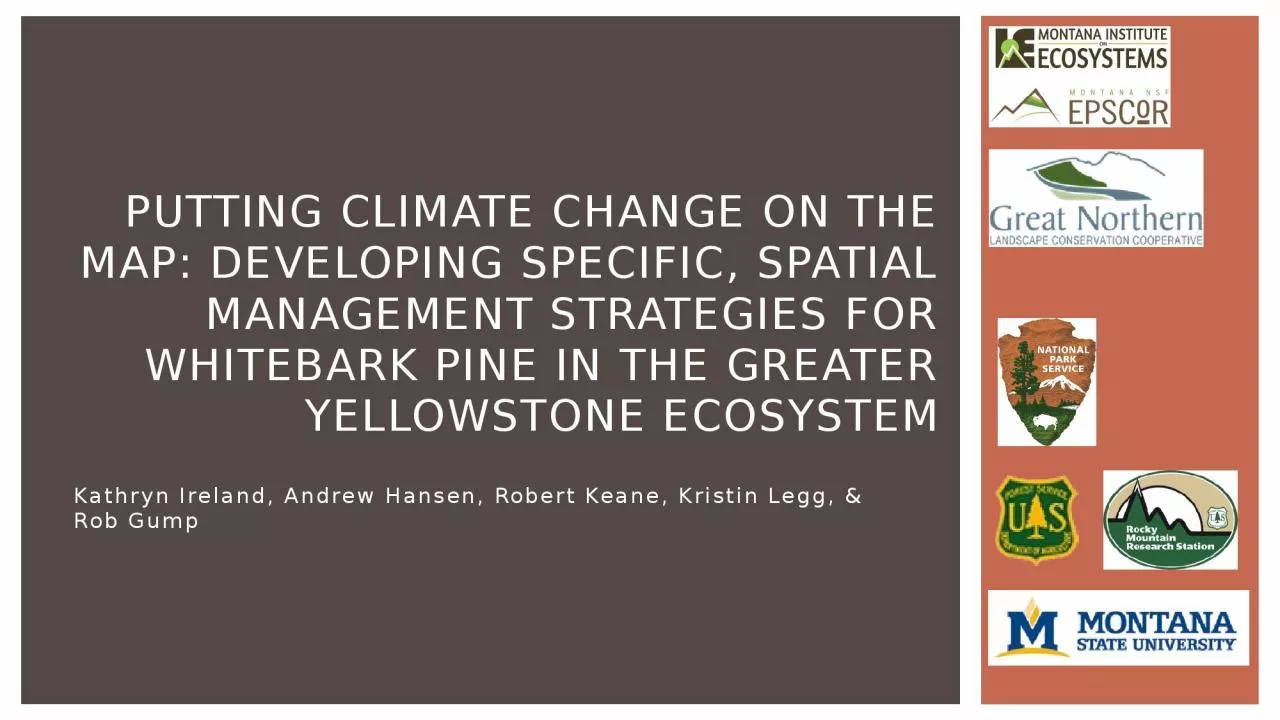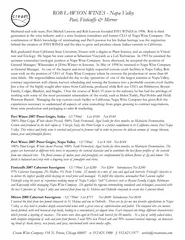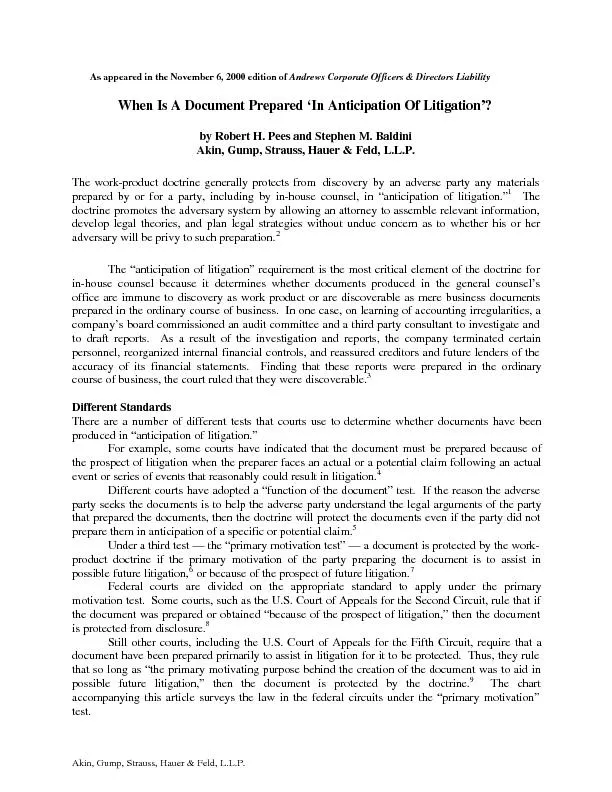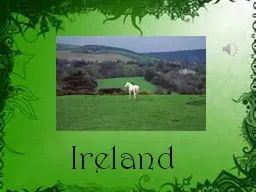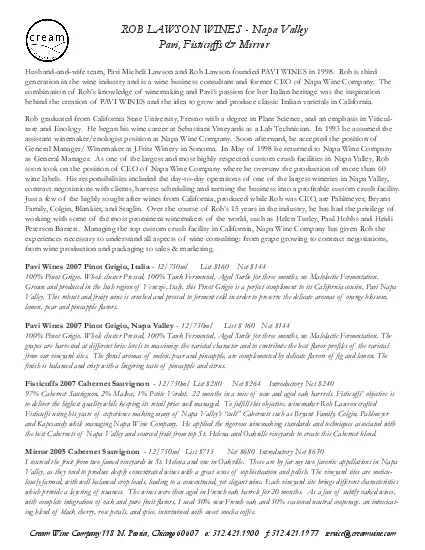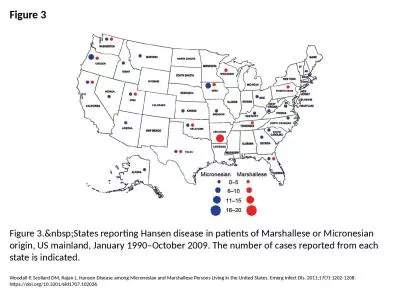PPT-Kathryn Ireland, Andrew Hansen, Robert Keane, Kristin Legg, & Rob Gump
Author : obrien | Published Date : 2024-02-09
PUTTING CLIMATE CHANGE ON THE MAP DEVELOPING SPECIFIC SPATIAL MANAGEMENT STRATEGIES FOR WHITEBARK PINE IN THE Greater Yellowstone Ecosystem Whitebark pine mortality
Presentation Embed Code
Download Presentation
Download Presentation The PPT/PDF document "Kathryn Ireland, Andrew Hansen, Robert K..." is the property of its rightful owner. Permission is granted to download and print the materials on this website for personal, non-commercial use only, and to display it on your personal computer provided you do not modify the materials and that you retain all copyright notices contained in the materials. By downloading content from our website, you accept the terms of this agreement.
Kathryn Ireland, Andrew Hansen, Robert Keane, Kristin Legg, & Rob Gump: Transcript
Download Rules Of Document
"Kathryn Ireland, Andrew Hansen, Robert Keane, Kristin Legg, & Rob Gump"The content belongs to its owner. You may download and print it for personal use, without modification, and keep all copyright notices. By downloading, you agree to these terms.
Related Documents

